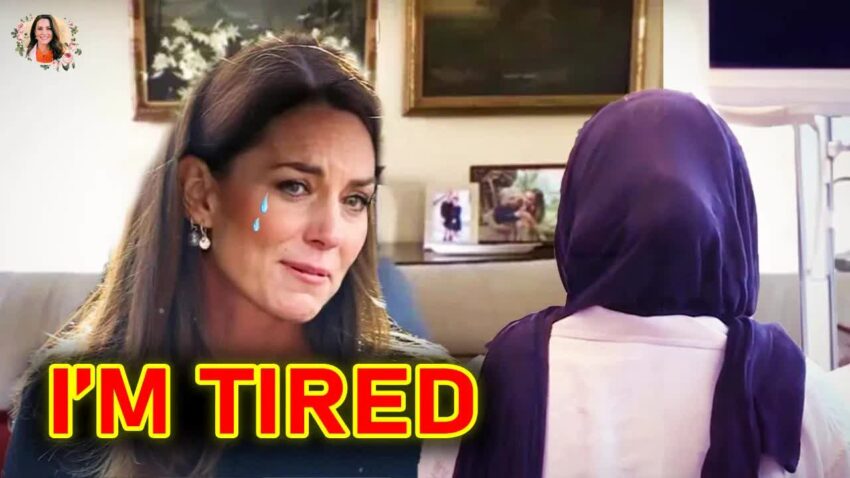Amidst a whirlwind of speculation, the Princess of Wales has found herself in the eye of a storm following revelations that she altered the Mother’s Day photos captured by her husband, Prince William.
This unexpected turn of events led to the world’s leading photo agency removing the image from their archives, sparking widespread debate and scrutiny.
A close confidante of the future queen expressed concerns that what was intended as an innocent family portrait had inadvertently stirred fear and controversy.
Experts in the realm of digital manipulation suggested that the portrait may have undergone alterations using advanced technology like artificial intelligence or by combining multiple images to craft the ideal family photograph.
Nevertheless, the general consensus leans towards the notion that the princess’s edits were aimed at enhancing rather than deceiving.
Renowned Welsh photographer Stephen Davies defended the practice, likening it to his own daily work of refining images through digital means.
He emphasized that the intent was simply to create a flawless picture capturing all family members smiling and gazing at the camera, albeit with some oversights in the editing process.
As the spotlight intensifies on Kensington Palace, calls for transparency and accountability have mounted, with demands for an official response to address the brewing controversy.
Despite persistent pressure, the palace has chosen to remain tight-lipped, notably sidestepping the issue even in the midst of discussions surrounding Commonwealth Day celebrations.
Furthermore, requests to unveil the original versions of the contentious image have been staunchly rebuffed, further fueling public curiosity and speculation.
Esteemed royal correspondent Richard Palmer weighed in on the unfolding saga, highlighting the missed opportunity to quell the escalating hysteria surrounding the incident.
He lamented that what could have been a strategic move to defuse tensions has inadvertently added fuel to the fire, exacerbating the situation.
Palmer underscored the absurdities circulating on social media regarding the Princess of Wales, emphasizing the gravity of the decision by various news and picture agencies to withdraw Prince William’s photo due to perceived manipulation.
The controversy reached new heights following damning remarks from the deputy news director of the AFP, who criticized the photo as poorly edited and falling short of professional standards.
In a tongue-in-cheek remark, the agency quipped about the repercussions an intern would face for such subpar work, underscoring the severity of the situation.
Questions arose regarding discrepancies in the image, such as Princess Charlotte’s incongruous wrist and peculiarities in Princess Louis’s fingers, prompting speculations about the methods employed in the editing process.
Amidst the swirling controversy, speculations surfaced regarding the tools utilized by the Princess of Wales, with some suggesting the use of AI-powered photo editing applications like Best Take, known for seamlessly merging multiple shots into a single polished image.
However, such techniques have been criticized for potential distortions and imperfections in the final output.
Others attributed the anomalies to haphazard Photoshop usage or software like Topaz commonly employed to enhance photographs.
The latest photograph of the Princess marks her first public appearance since her admission to the London Clinic for a planned medical procedure, following her husband’s subsequent hospitalization.
Amid assurances from Kensington Palace that her ailment is unrelated to cancer, the princess has maintained a veil of privacy over her health details.
Notably absent from official engagements, the 42-year-old royal has been focusing on recuperation, while Prince William has assumed temporary responsibilities to care for her and their children during this period of convalescence.
